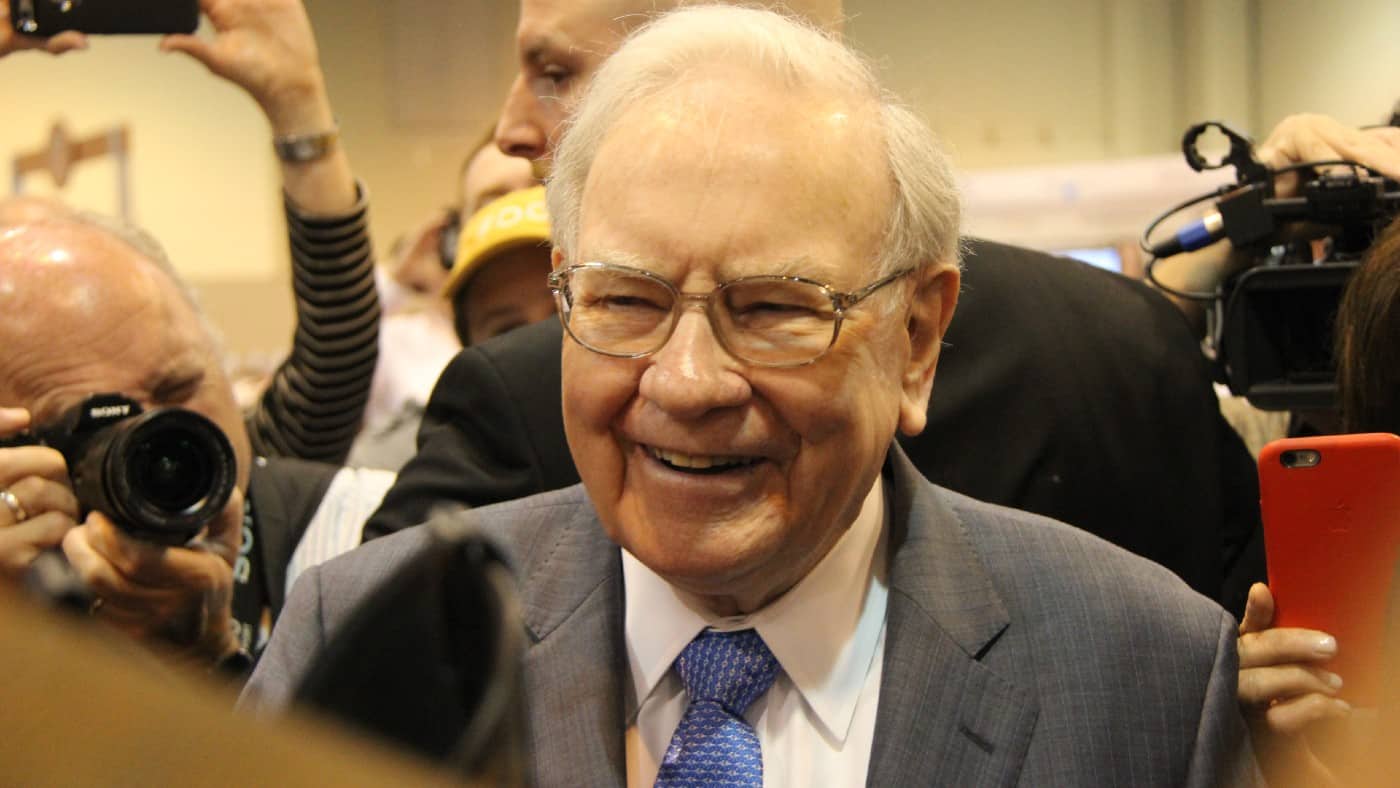Warren Buffett does not have an ISA. But I hope some lessons from the legendary investor could help me improve performance in my ISA. Here are five ways I am using inspiration from the Sage of Omaha for my own investment choices.
1. Taking time
Many private investors with only modest sums to invest often rush to buy shares, scared they might miss opportunities if they stay out of the market for too long. But interestingly, Buffett is perfectly happy to wait. In fact, he sometimes sits on tens of billions of pounds for years at a time rather than investing it.
Why does he do that? Basically, Buffett is ignoring what he thinks may be decent opportunities and waiting for great ones. They come along far less often. Over the long term, the return from a great company will often be exponentially higher than that from a good one. So, rather than rushing to spend his funds, Buffett is willing to sit and wait until he finds what he thinks is a great opportunity.
While I will never have even a fraction of Buffett’s funds in my ISA, I think the principle makes sense for me too. As my investment objective is to maximise my returns over the long term, why rush? Instead I can sit and wait for years without making a move if necessary. That does not mean I am not doing anything: I will be reading and researching shares that might be attractive opportunities for me. But I will not be buying them unless I really like what I see.
2. Sticking to what I know
Again and again, Buffett emphasises the importance of staying inside one’s circle of competence when it comes to investing. That means only buying shares in industries and companies that one understands.
Even with an understanding of an industry, it can be hard to assess how a particular company will perform in years and decades to come. So trying to make that assessment without even the faintest knowledge of the industry will likely reduce my chance of success before I have invested a penny.
Like Buffett, that means that I will miss out on many great opportunities. But I am alright with that as I have no way of assessing great opportunities that I do not really understand. So while I may miss some good ones, I will skip a lot of awful ones too.
3. Investing for the long term
Buffett is known for taking a very long-term view when it comes to his investing decisions. He is not interested in buying a share and then selling it a few weeks later for a quick profit.
Indeed, he has said that his favourite holding period for the shares he buys is “forever”. There is a reason for that, which can be seen when considering core Buffett holdings like Coca-Cola and American Express. Those companies have entrenched competitive advantages, or as Buffett says, a “moat”. That should give them pricing power that will hopefully enable them to be profitable for decades to come. Instead of turning a short-term profit by exploiting sudden share price movements, Buffett is trying to benefit from the long-term financial prospects of robust businesses.
Does it work? At the time of his most recent shareholder letter, Buffett’s stake in Coca-Cola, which originally cost him $1.3bn, was worth $22.0bn. His stake in American Express had also cost $1.3bn – and had increased in value to $18.3bn. Those are the sorts of long-term results that investing in great companies with enduring moats has brought Buffett. Not only that, but both shares have provided him with substantial dividends over the years too.
I think this Buffett approach makes perfect sense for my ISA. That is why I am focussed on a long-term investing time frame and high-quality companies.
4. Warren Buffett diversifies
Given how well Coca-Cola matches Buffett’s investing criteria and just how lucrative his investment in it has been, why did Buffett not just put all his money into it? After all, he would have done very well.
Yes he would have, so far. But things can always change, sometimes very unexpectedly. Even the best run company can meet with sudden difficulties. There is no way for Buffett to identify all of the risks with any company in which he invests. He tries to reduce such risks by following certain principles. For example, if he sees red flags in a company’s accounting procedures he usually will not invest. But even so, he could still suffer from unforeseen risks.
That is why he did not put all of his money into Coca-Cola, or indeed any other company. Buffett reduces his risks by diversifying across a number of companies and business sectors. That way, if something unexpected happens at a company, it will have less effect on his overall portfolio.
That is another Buffett approach I apply directly to my own ISA investment choices.
5. Do less not more
Warren Buffett has spoken before about how he thinks small investors can improve their returns and his answer may sound slightly surprising. He suggests imagining that one has a punch card, which needs to be clipped each time one makes a trade. An investor gets only one punch card to last a lifetime, with twenty spaces on it.
Buffett is basically saying that if investors felt they had very few investment opportunities in life to build their fortune, they would consider each one deeply. They would not invest for the prospect of marginal gain, or in companies they felt were risky. Although I can make more than twenty investment choices in my ISA, behaving as though I could not would certainly focus my mind. Hopefully that can lead me to better investment results.








